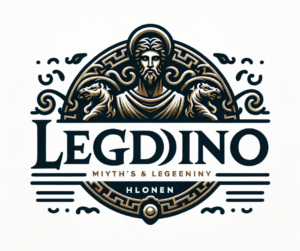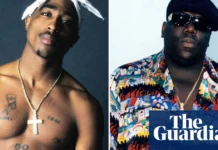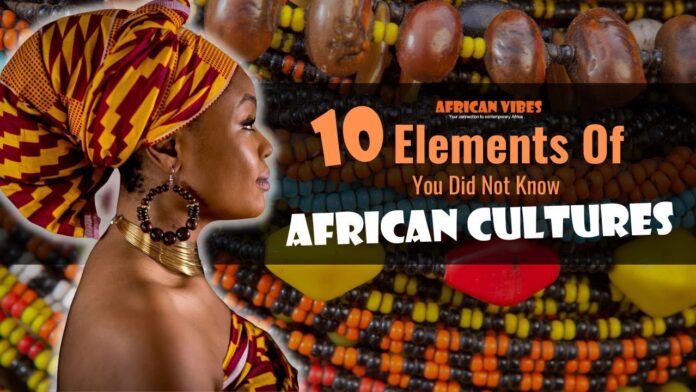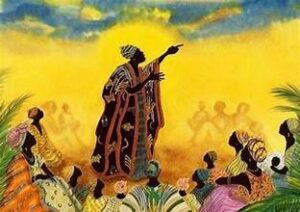
African tribal myths are a rich tapestry of stories that have been passed down through generations, reflecting the continent’s diverse cultures and deep connection with nature. In 2024, these myths continue to evolve, blending ancient beliefs with contemporary interpretations. This article explores the enduring significance of sacred animals and elemental forces in African tribal myths and how they shape cultural narratives today.
The Importance of Nature in African Myths
Nature is at the heart of African tribal myths, serving as a source of inspiration, wisdom, and spirituality. The landscape, flora, fauna, and elemental forces such as water, fire, earth, and air are not merely background elements but central characters in the stories. These myths often depict a harmonious relationship between humans and the natural world, emphasizing respect, reverence, and the interconnectedness of all life forms.
Sacred Animals in African Tribal Myths
- Lions: Often referred to as the king of the jungle, lions symbolize strength, courage, and leadership. In many African myths, the lion is a protector and a symbol of royalty. For instance, in the Zulu tradition, the lion is associated with the powerful Shaka Zulu, representing his bravery and strategic prowess.
- Elephants: Elephants are revered for their wisdom, memory, and social bonds. They are considered symbols of longevity and stability. In myths from various tribes, elephants are seen as guardians of ancient knowledge and are often depicted as mediators between humans and the spirit world.
- Snakes: Snakes hold a dual role in African mythology. They can symbolize fertility, rebirth, and healing, as seen in the worship of the python in Benin’s Vodun religion. Conversely, they can also represent danger and deceit, embodying the duality of nature itself.
- Crocodiles: In many African myths, crocodiles are powerful beings that control the waters and are often feared and respected. They are seen as gatekeepers to the underworld and are associated with both life and death due to their habitat in rivers, which are vital for life but also pose dangers.
- Birds: Birds are messengers between the earthly realm and the heavens. The African grey parrot, known for its intelligence and communication skills, often features in myths as a symbol of prophecy and guidance. Similarly, the ibis, associated with Thoth, the Egyptian god of wisdom, represents knowledge and writing.
Elemental Forces in African Tribal Myths
- Water: Water is a crucial element in African myths, symbolizing life, purification, and transformation. Rivers, lakes, and the ocean are often personified as deities or spirits. For example, Mami Wata, a water spirit venerated in West, Central, and Southern Africa, is believed to bring wealth, fertility, and healing.
- Fire: Fire represents creation, destruction, and renewal. It is a powerful force used in rituals for purification and transformation. In many myths, fire is a gift from the gods, symbolizing knowledge and enlightenment. The myth of the Maasai people tells of how they received fire from the gods, which became central to their daily life and spiritual practices.
- Earth: The earth is often depicted as a nurturing mother, providing sustenance and grounding. In many African cultures, the earth is personified as a goddess who nurtures and protects her children. The Ashanti people of Ghana, for instance, worship Asase Yaa, the earth goddess, who is revered as the mother of all life and a symbol of fertility and abundance.
- Air: Air represents the breath of life, freedom, and spiritual communication. Winds and storms are often seen as manifestations of the gods’ will, conveying messages and enacting divine judgments. The Yoruba people believe in Oya, the goddess of winds and storms, who is also the guardian of the gates of death and rebirth.
Contemporary Interpretations of African Myths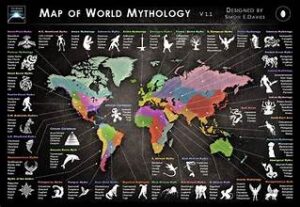
In 2024, African myths continue to influence modern storytelling, art, and spirituality. With the rise of technology and digital media, these ancient stories are being reimagined and shared globally, reaching new audiences and inspiring cultural pride and awareness.
- Digital Storytelling: Platforms like YouTube, podcasts, and social media have become avenues for sharing African myths with a global audience. Storytellers and creators use these platforms to preserve and promote their cultural heritage, ensuring that these myths remain relevant in the modern age.
- Art and Literature: Contemporary African artists and writers draw upon traditional myths to explore themes of identity, resistance, and resilience. By blending ancient narratives with modern experiences, they create works that resonate with both local and international audiences.
- Education and Cultural Preservation: Educational programs and cultural initiatives across Africa focus on preserving and teaching these myths to younger generations. By incorporating traditional stories into school curricula and community events, these initiatives help maintain the cultural fabric and foster a sense of continuity and belonging.
- Spiritual Practices: Many African communities continue to integrate traditional myths into their spiritual practices, celebrating rituals and festivals that honor sacred animals and elemental forces. These practices not only strengthen communal bonds but also reinforce a deep respect for nature and its mysteries.
Conclusion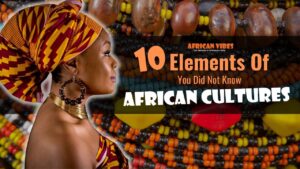
The role of nature in African tribal myths is profound and multifaceted, reflecting the deep connection between humans and the natural world. In 2024, these myths continue to thrive, adapting to contemporary contexts while preserving their timeless wisdom. Sacred animals and elemental forces remain central to these narratives, offering insights into the values, beliefs, and aspirations of African cultures. As we celebrate and share these stories, we contribute to the rich tapestry of global cultural heritage, ensuring that the wisdom of the past continues to enlighten and inspire future generations.
